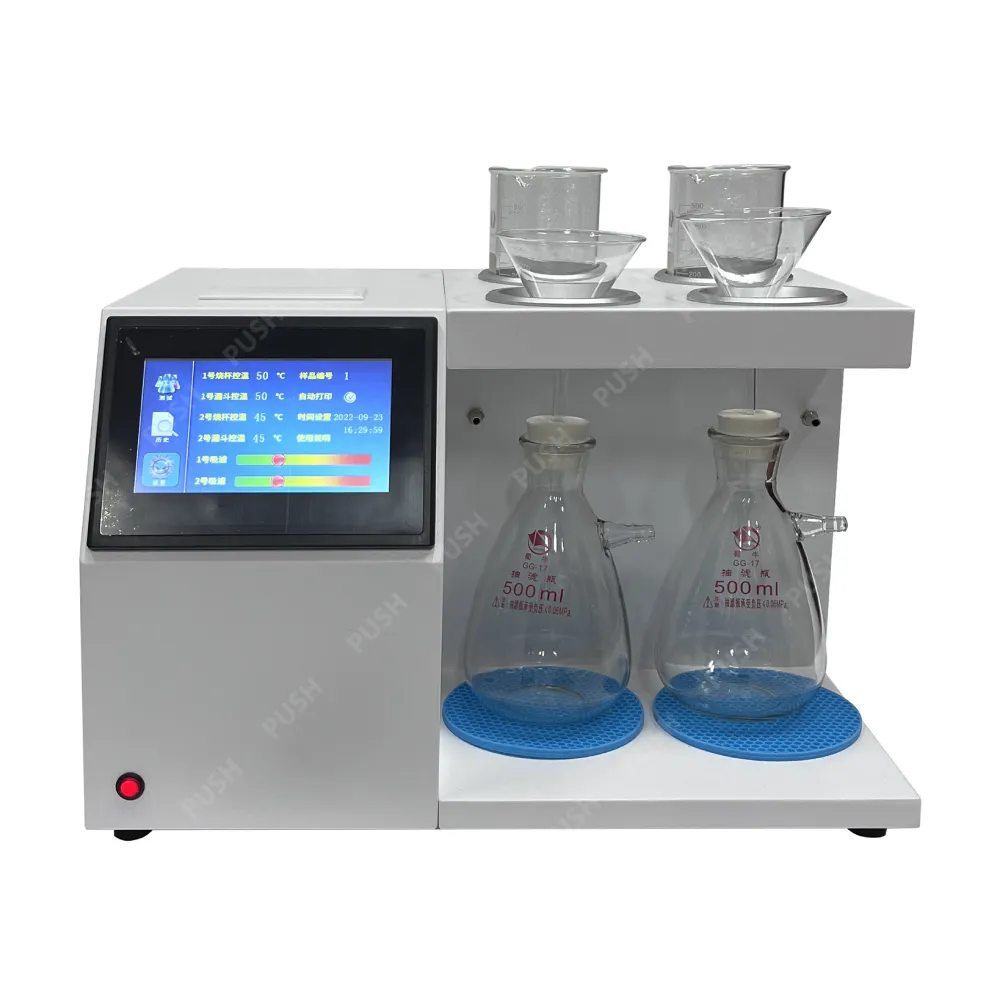 English
English


Exploring the Costs and Options for Karl Fischer Titration Instruments in Today's Market
Understanding Karl Fischer Instrument Prices A Comprehensive Overview
The Karl Fischer titration is a widely used analytical method for determining water content in various substances, ranging from pharmaceuticals to food products. Named after the German chemist Karl Fischer, this titration technique has become a crucial part of numerous industries. As the demand for precise moisture measurement increases, so does the demand for Karl Fischer instruments. In this article, we will explore the factors that influence the prices of Karl Fischer instruments and what potential buyers should consider before making a purchase.
Price Range and Types of Instruments
Karl Fischer instruments can vary significantly in price depending on their type, features, and intended application. Basic models suitable for laboratory settings may start around $2,000, while more advanced, automated systems can cost upwards of $30,000 or more. In addition to these standalone titrators, many companies offer integrated systems, which may include software for data management and analysis that can further increase the costs.
There are generally two types of Karl Fischer titrators volumetric and coulometric. Volumetric titrators are typically used for samples with a higher moisture content (above 1%) and tend to be more affordable. In contrast, coulometric titrators are used for low moisture content (below 1%) and are generally more expensive due to their complexity and the high level of precision they offer.
Factors Influencing Prices
Several factors can influence the price of Karl Fischer instruments.
karl fischer instrument price

1. Brand Reputation Established brands tend to charge more for their instruments due to their reputation for reliability and accuracy. Brands like Metrohm, Mettler Toledo, and PerkinElmer are known for producing high-quality Karl Fischer instruments, and their pricing reflects their market position.
2. Instrument Features Advanced features such as automated sample handling, integrated data management software, and enhanced user interfaces can increase the cost of the instrument. Buyers should evaluate whether these additional features align with their laboratory’s needs and whether they justify the higher price.
3. Technology and Design The sophistication of the engineering behind the instrument also plays a vital role in pricing. Innovative designs that offer better accuracy, ease of use, and maintenance can command higher prices.
4. Maintenance and Support The long-term cost of ownership should also be considered. Instruments that require specialized maintenance, or that do not come with robust customer support, may end up being more costly over time. Some manufacturers offer extended warranty plans or maintenance contracts, which can also affect total expenses.
Conclusion
Investing in a Karl Fischer instrument is a significant decision that requires careful consideration of various factors. While the initial price can give a general idea of the instrument's capabilities, it is essential to look beyond merely cost. Potential buyers should assess the instrument's suitability for their specific applications, the brand's reputation, the necessary features, and the total cost of ownership over the instrument's lifespan.
In a competitive marketplace, understanding the pricing dynamics of Karl Fischer instruments can help laboratories make informed decisions that will enhance their analytical capabilities while maintaining budgetary constraints. Whether for research, quality control, or regulatory compliance, investing in the right Karl Fischer instrument is crucial to achieving accurate and reliable moisture measurements.
-
Differences between open cup flash point tester and closed cup flash point testerNewsOct.31,2024
-
The Reliable Load Tap ChangerNewsOct.23,2024
-
The Essential Guide to Hipot TestersNewsOct.23,2024
-
The Digital Insulation TesterNewsOct.23,2024
-
The Best Earth Loop Impedance Tester for SaleNewsOct.23,2024
-
Tan Delta Tester--The Essential Tool for Electrical Insulation TestingNewsOct.23,2024





